[ad_1]
Bhutan believes in itself. The small, landlocked kingdom in the Himalayas, despite its size, packs quite a punch: It became the first carbon negative country in the world in 2021.
In late September this year, it reopened its mist-wrapped doors after a pandemic-induced hiatus of two years. The break gave them time to rethink, rejuvenate and reinvent while resetting their priorities. And now Bhutan is here with a new vision, rules and an all new national brand. The tagline for which is — Believe.
Watch | Bhutan welcomes tourists again
“We believe in our bright, prosperous future, we believe in ourselves, in our vote, in our Nature, in our values,” says Dorji Dhradhul, Director-General of the Tourism Council of Bhutan, over a video call from Bhutan, adding, “We have strong environmental values. Our constitution says 60% of the country should be under forest cover. We have the highest unclimbed mountain in the world. In as early as the 1980s, the government had banned mountaineering above 6,000 metres to protect them.”
There is widespread transformation taking place across Bhutan right from ministries, and public services to travel and tourism, he says.
So, what does this mean for a visitor?
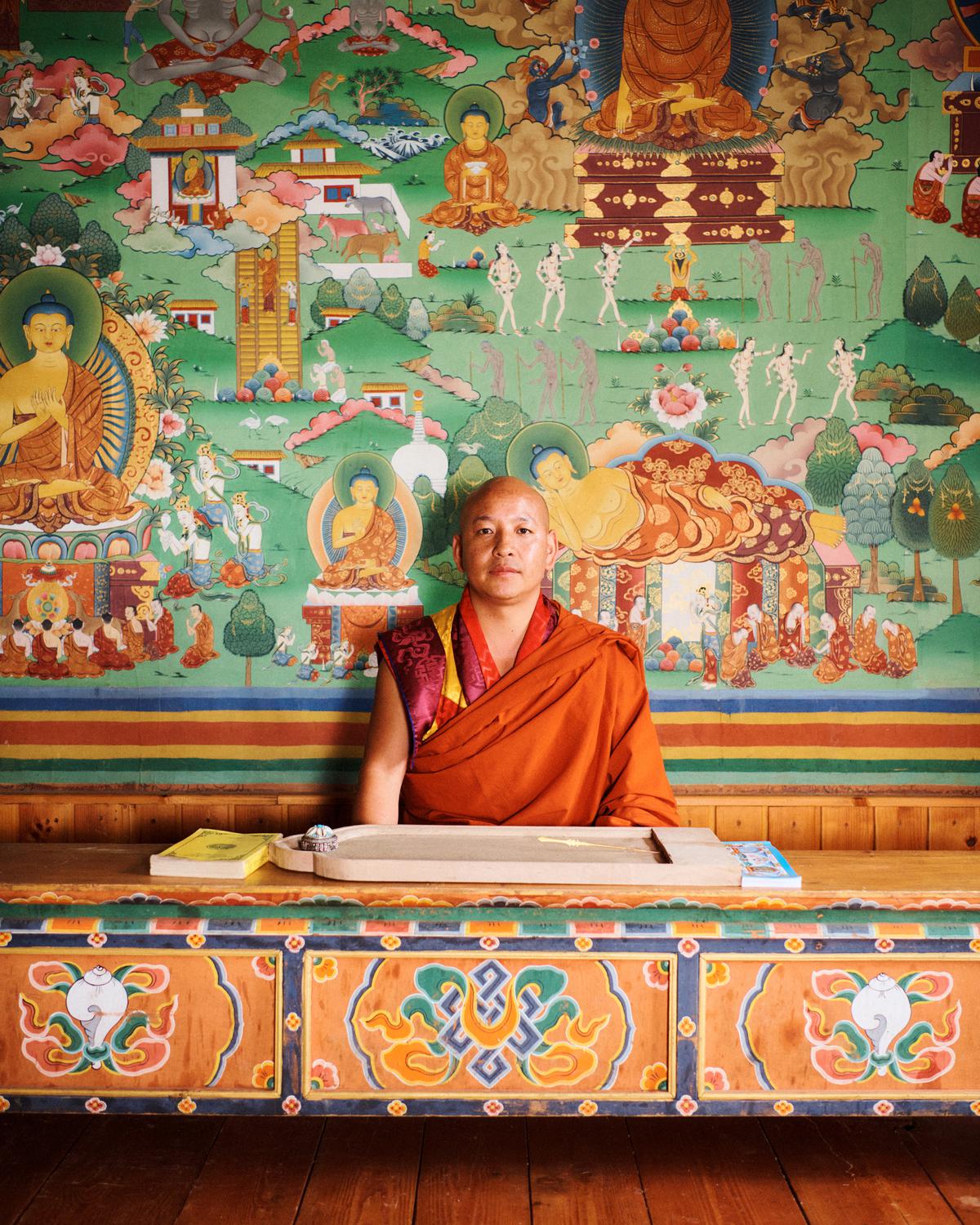
To begin with, Bhutan would like its tourists to believe in Nature and in the vision of their country.
Among fresh changes, they have done away with the pre-arranged package tour. “Earlier we had a minimum daily package rate where travellers had to pay $250 per person per day ($200 during non-tourist season) in advance and this had to be routed through a Bhutanese tour operator. From $250, $65 went towards sustainable development, and the balance towards payment for accommodation, food, meal, transport and guide,” explains Dhradhul.
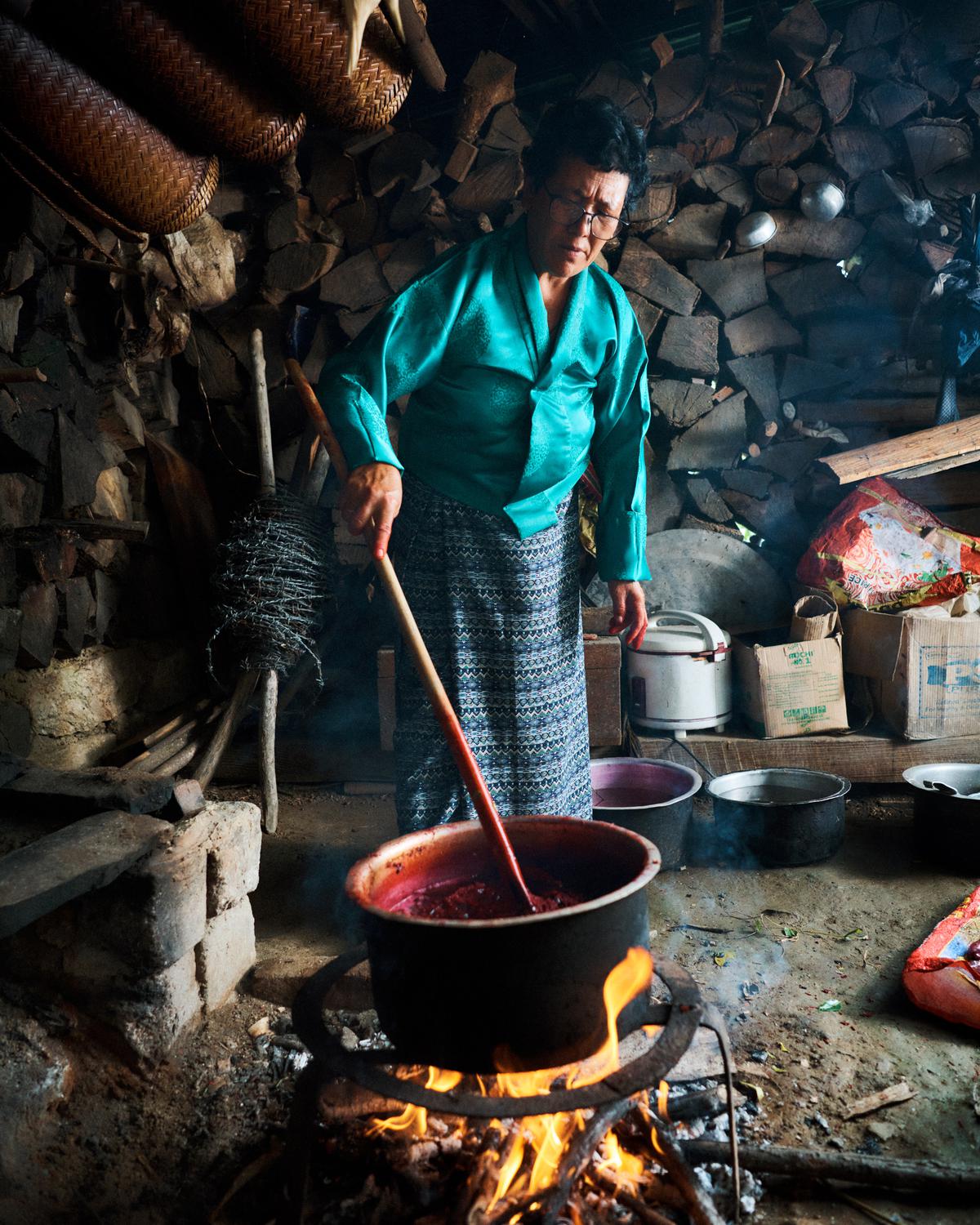
Sample local flavours or try whipping up a meal with your hosts
| Photo Credit:
Special Arrangement
But now, tourists can book their trips directly and get their visa online. This means more flexibility to explore lesser explored places. The Sustainable Development Fee has been increased from $65 to $200 per person per day. For tourists from India the amount is $15 per person per day.
“The topic of $200 is being discussed among people; some think it’s more, some feel it’s less…there have been mixed views. We had set $65 as the rate in 1991-92. Since then there has been inflation and according to that the rate should have been $700. But we decided to keep it at $200,” he further explains.
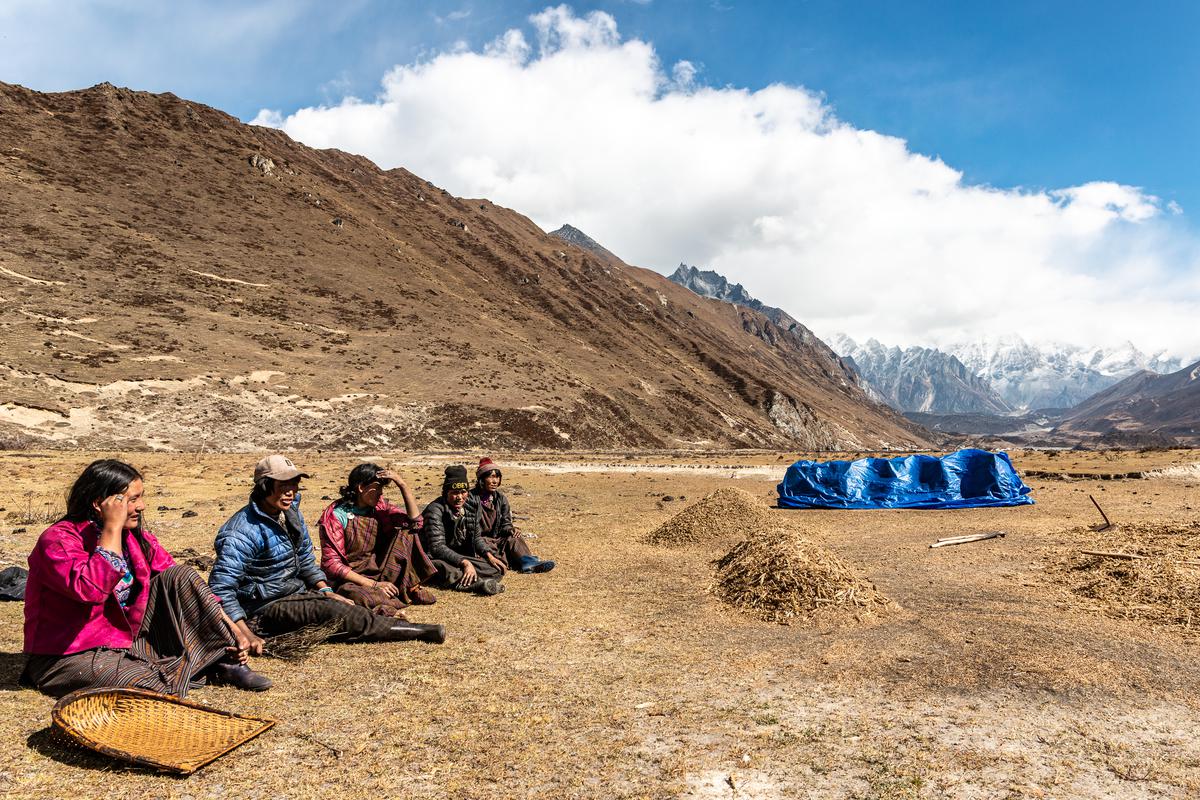
Hike across the Himalayan kingdom
| Photo Credit:
Special Arrangement
The kingdom is aware that with these, there will be high expectations of better services. As a result, various initiatives have been taken up to clean streets, monuments and other tourism sites.
They have also just launched the Trans-Bhutan trail, a walking trail that stretches 403 kilometres, connecting the country from the East to the West. Mountain biking and cycling is allowed but no motorbikes. “This used to be the traditional route before the motor route came about,” says Dhradhul. The plan is to develop community-based tourism and homestays along this stretch.
While Bhutan has boutique properties, they are also trying to promote homestays in villages and rural areas. “It has to be a rural setting, the architecture has to be traditional and it cannot be a concrete building. The family has to be staying there and host the guest,” says Dhradhul. These initiatives will also introduce holidaymakers to local communities in Merak-Sakteng who are primarily yak herders and depend on these animals for their livelihood.
While the focus pre-pandemic had been on culture and Nature, going forward they want to promote spiritualism, agri-tourism, trekking and adventure sports. Another new inclusion is the Snowman Race which took place in October. Twenty-nine athletes from all over the world participated in this marathon that covers 203 kilometres across the highlands which are 4,000 metres above sea level. Participants ran past the foothills of glaciers and also had to do a tough trek.
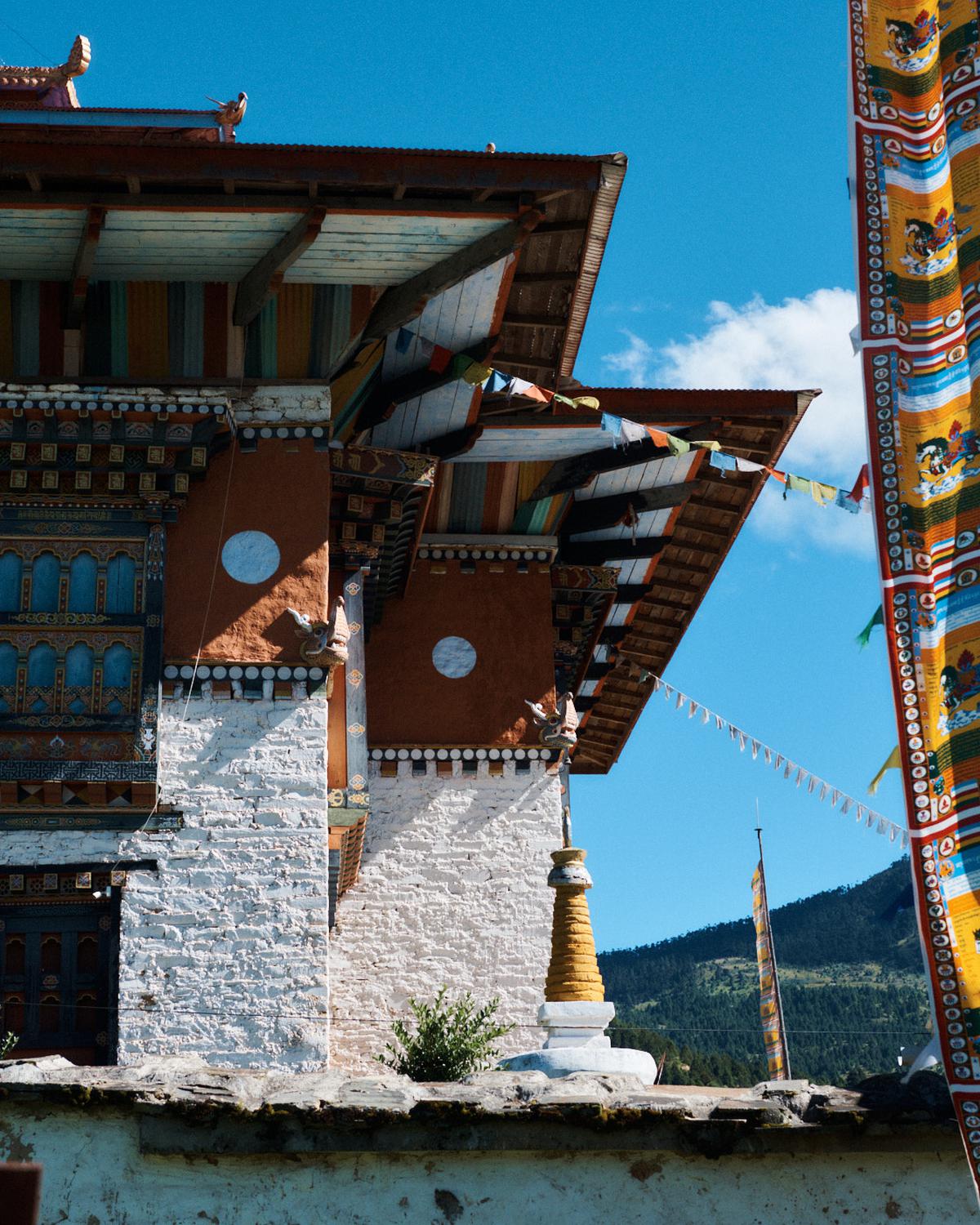
In the past, tourists mostly stayed in districts like Thimpu, West Paro, Punakha, and Wangdue Phodrang, but now there is a concerted effort to direct them to the other 20 districts of Bhutan. There is emphasis on good roads and infrastructure, and land entry from other parts of the country are being opened up. The only condition is, the tourists will need to have a Bhutanese tour guide with them.
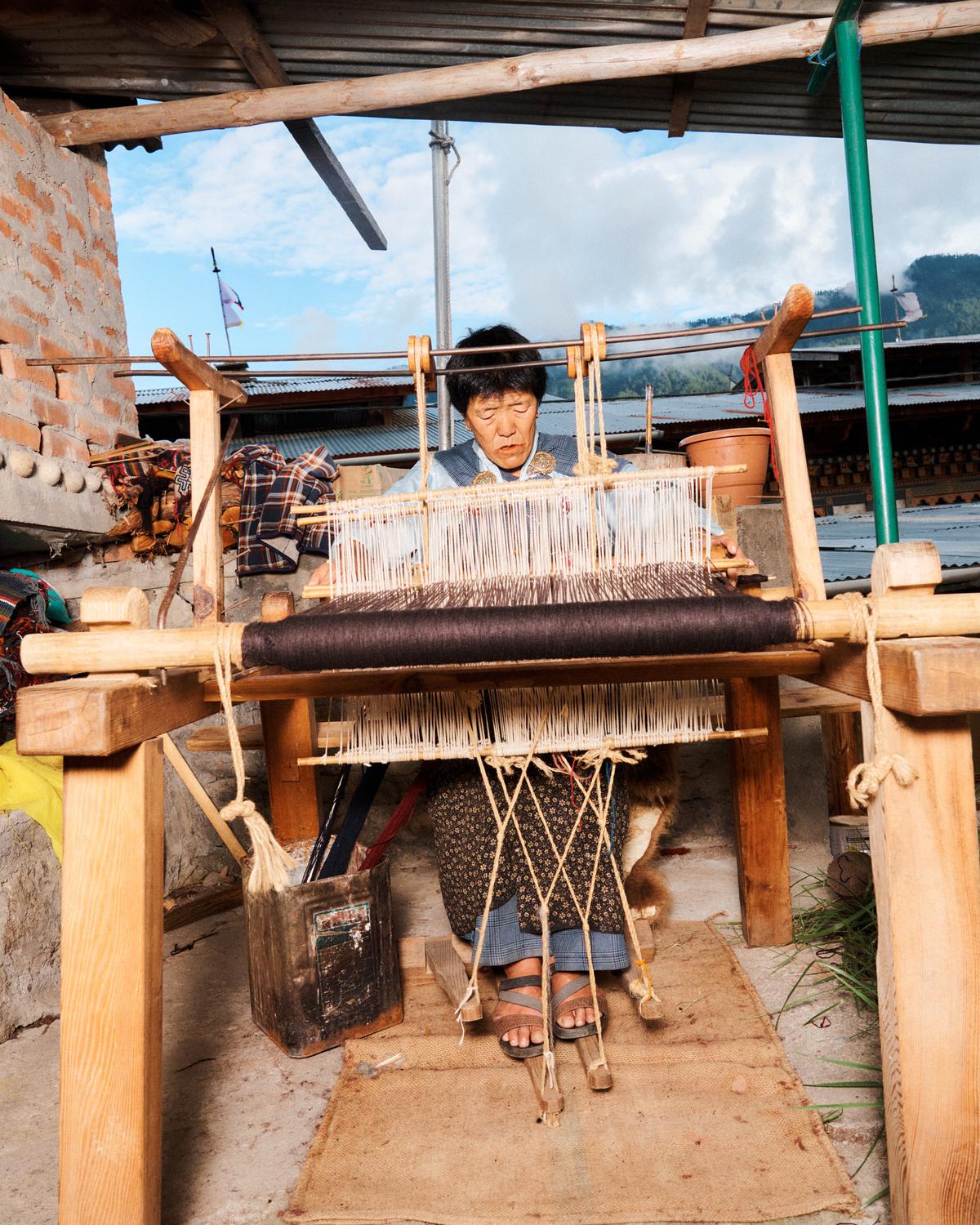
Shop for handmade gifts
| Photo Credit:
Special Arrangement
“Since the 1970s, Bhutan’s tourism policy has been High Value, Low Volume, and the bedrock of this policy is sustainable tourism. It is embedded in the philosophy of Gross National Happiness. We have to be mindful of development. Our initiatives should not be harmful. That is why we want to get a manageable number of tourists and not be overrun by mass tourism,” says Dhradhul. This way the environment, services and infrastructure is not overwhelmed and it also helps maintain a good balance and allows the locals to go about their day without having to bump into tourists as they make their way to temples etc.
In the 70s there was no mass tourism or climate change, despite that His Majesty the Fourth Druk Gyalpo came up with this concept. “His advisors advised against it but His Majesty was determined. We see its benefits now and many other destinations are looking at our policy,” says Dhradhul.
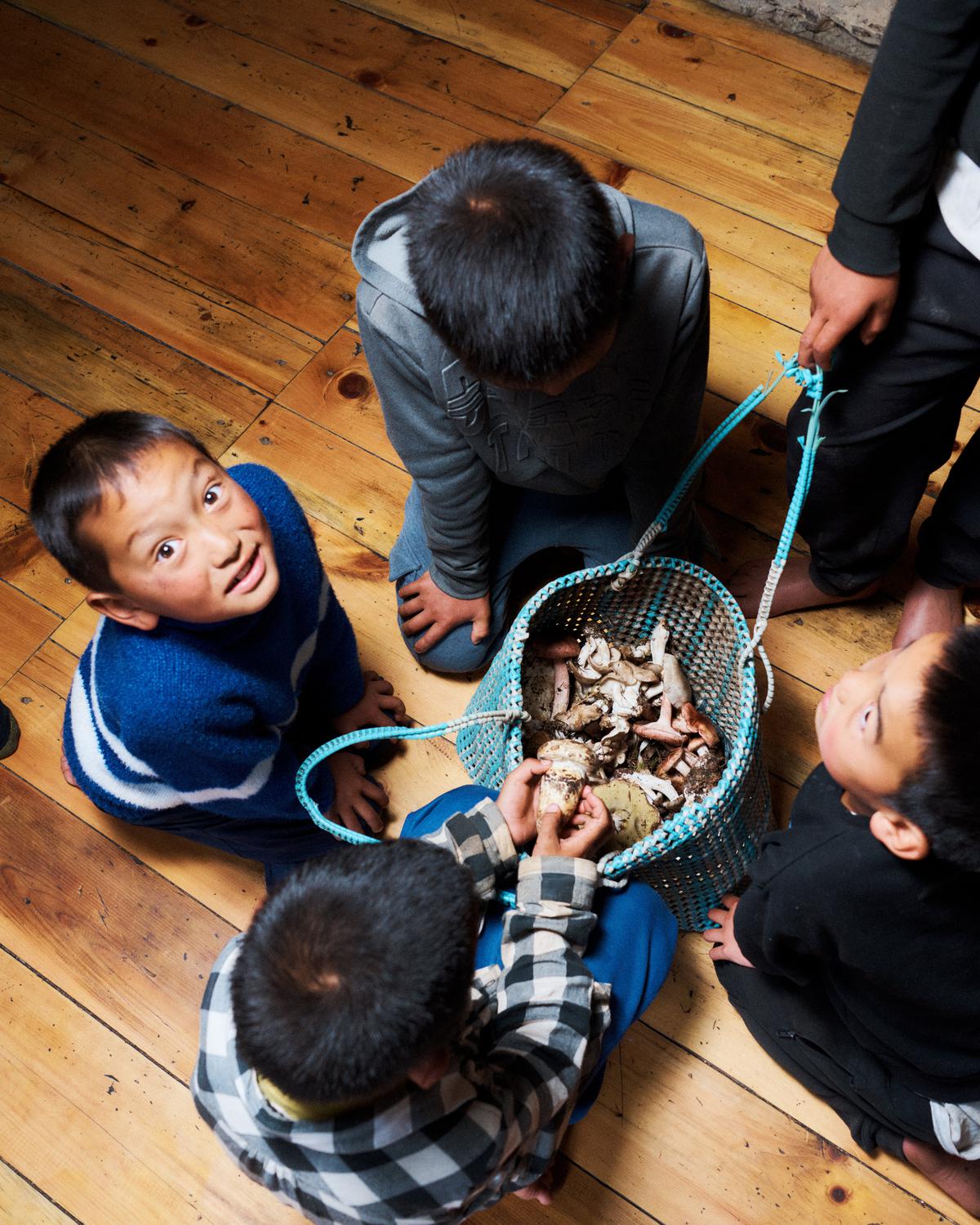
Understanding Gross National Happiness in Bhutan
| Photo Credit:
Special Arrangement
[ad_2]
Source link


